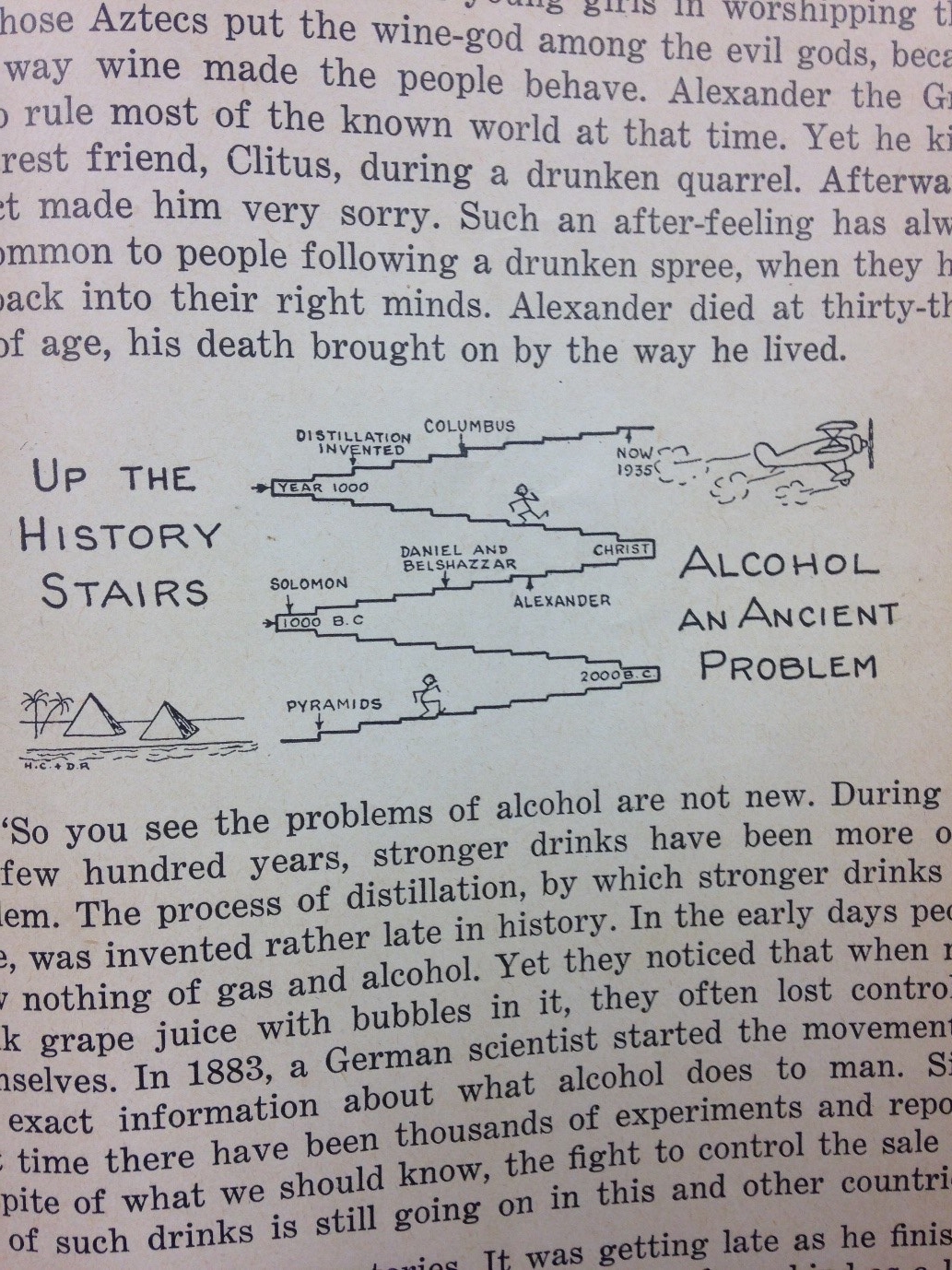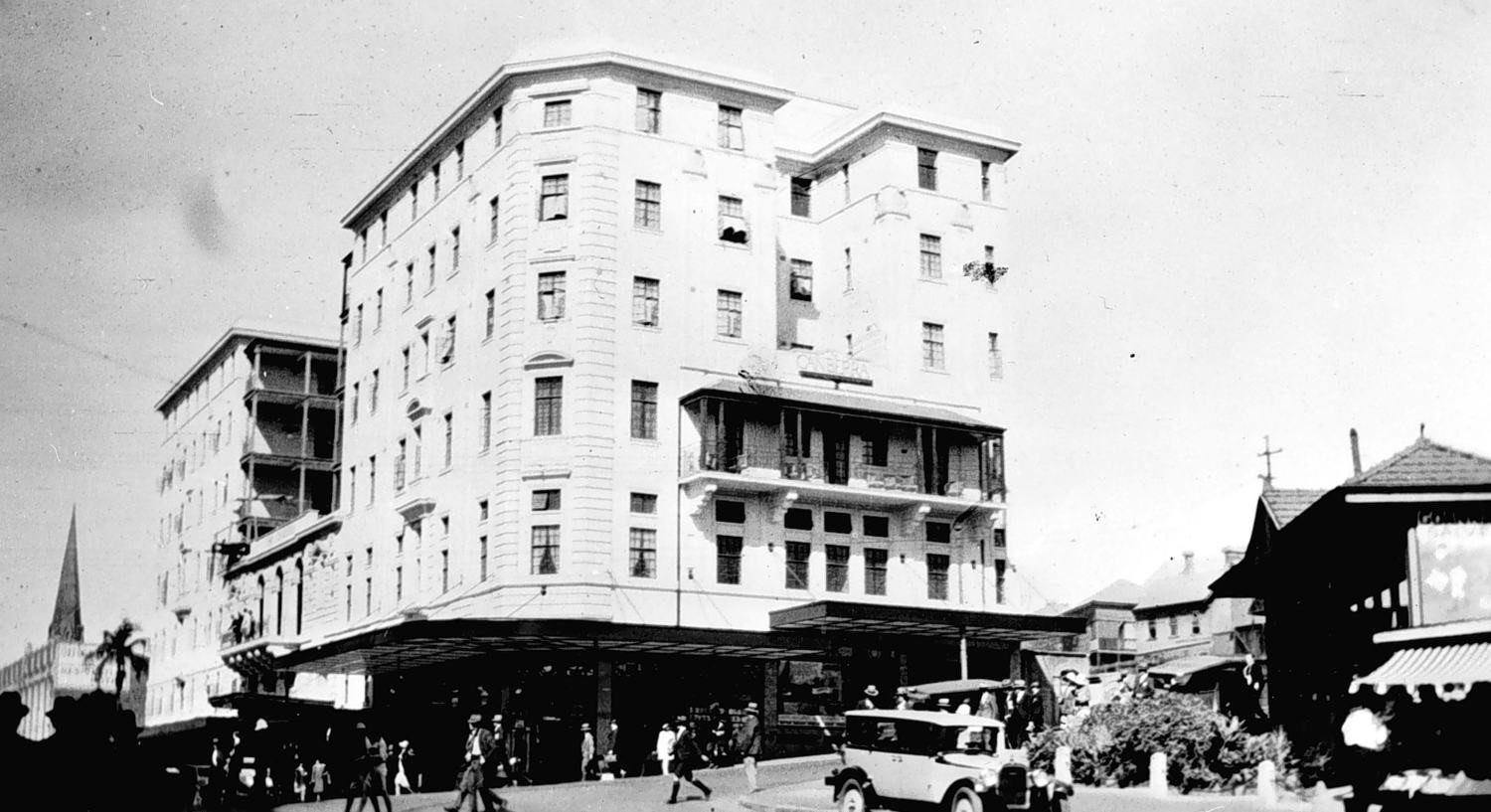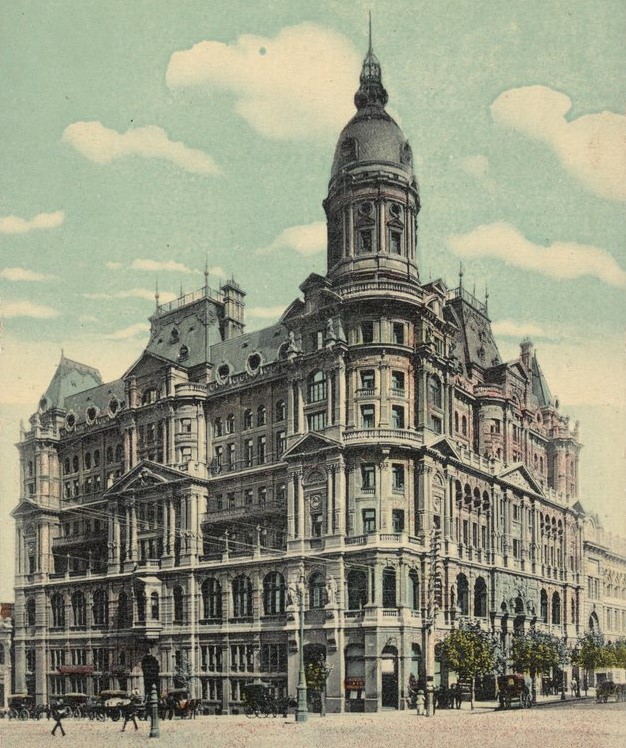
Drug ARM’s archive collection contained items spanning 3 centuries, much of which was donated to the State Libraries of Queensland, New South Wales and Victoria in order to preserve them for future generations. However, several items pertaining to the history and development of Drug ARM were retained by the organisation. A set of framed photographs were amongst these items, including the one above labelled George Marchant, 1857-1941.
George Marchant was born in Kent, England in 1857 to Richard Marchant, a licenced victualler and his wife Sarah. He emigrated to Brisbane in 1874, a virtually penniless farm labourer, gaining employment as a gardener and a station hand in the countryside. He returned to Brisbane to work as a carter for an aerated waters factory.
In 1877, he married Mary Jane Dwyer but the couple remained childless, although they adopted a son, Christopher.
On 1886, he purchased the ginger beer manufacturing business in Brisbane from John R. Palmer, progressing to establishing his own factory in Spring Hill the same year. He than expanded his soft drink, cordial and hop beer business with the assistance of his wife to establish factories in Newcastle, Sydney, Melbourne and Adelaide. He also invented a bottling machine, which was used globally. He retired in 1913, after making a huge fortune and was succeeded by his adopted son, Christopher, who ran the company until the registration was abandoned in 1917.
Although originally an anti-trade unionist, he believed in social equality and his workers, including women earned better than average wages and some of the profits were shared amongst his employees.
He became interested in temperance as a boy and was a long-time opponent of the liquor trade. He donated £41,000 to the development of the Queensland Prohibition League’s Canberra Hotel in Brisbane, which opened in 1929 and became a director.. He was also treasurer of the league in the 1920s and its patron in 1931.
He was a prolific philanthropist through out his life and donated to several causes including the Queensland Society for Crippled Children. He died in 1941 and his estate of £48,660 was divided between charities.
Acknowledgements.
Wikipedia. George Marchant. Accessed on 14/06/2022 from: https://en.wikipedia.org/wiki/George_Marchant
Helen Gregory, ‘Marchant, George (1857–1941)’, Australian Dictionary of Biography, National Centre of Biography, Australian National University, https://adb.anu.edu.au/biography/marchant-george-7481/text13039, published first in hardcopy 1986, accessed online 14 June 2022.
































 Image courtesy of Blackburn Library.
Image courtesy of Blackburn Library.
